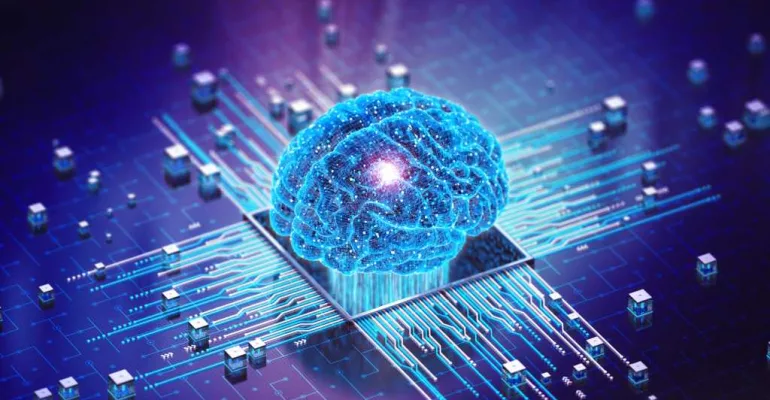Introduction
Defining Intelligent Document Processing
The Mechanics of IDP
1. Document Ingestion: IDP systems can seamlessly intake documents from multiple sources, be it emails, web portals, scanners, or cloud storage.
2. Data Recognition: Through optical character recognition (OCR) and AI, IDP can recognize and read various types of data, including handwritten notes.
Classification and Categorization: IDP can automatically classify documents into categories, such as invoices, contracts, or receipts, streamlining the processing workflow.
3. Data Extraction: The core of IDP, this step involves pulling out relevant data points from the document, converting unstructured data into a structured format.
4. Validation: To ensure data accuracy, IDP systems often have validation steps where the extracted data is cross-checked against predefined rules or external databases.
5. Integration: Post-extraction, the structured data is then integrated into downstream systems or databases for further use or analysis.
The Impact of IDP
Efficiency Boost: Automating the data extraction process significantly reduces the time taken to process documents.
Error Reduction: By minimizing human intervention, IDP reduces the chances of manual errors in data extraction.
Cost Savings: With reduced manual effort and faster processing times, businesses can achieve substantial cost savings.
Enhanced Data Utilization: With data accurately extracted and structured, businesses can better utilize this information for analytics, insights, and decision-making.




